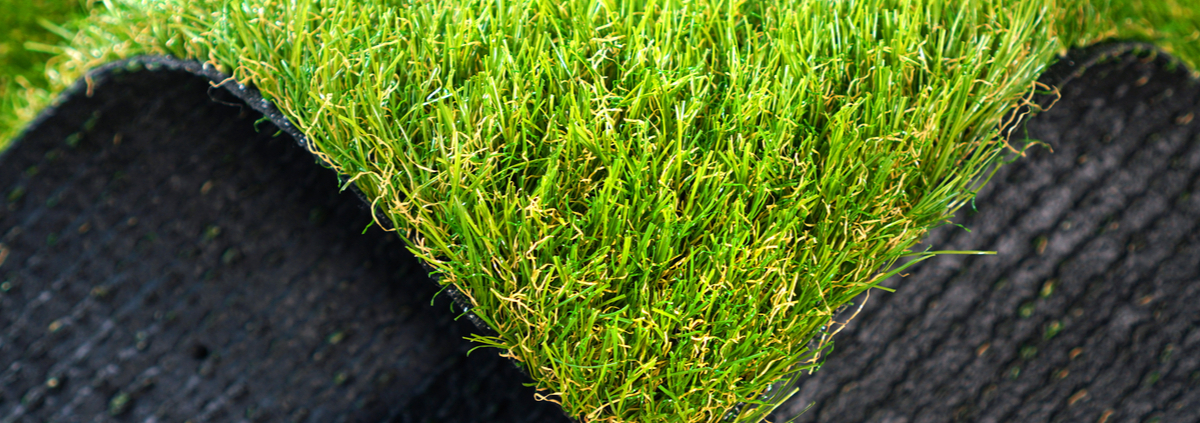How To Prepare The Ground Around Your Home For Artificial Turf
Over the past year, American consumers have spent over $400 billion on home improvement projects. The average homeowner understands that the right improvement projects can add lots of value to their property. One of the main things a person will notice about the outside of your residence is the condition of the lawn. If you have tried everything to get natural grass to grow outside of your home with no success, it is time to consider investing in synthetic turf.
Before you can have turf installed on the outside of your home, lots of prep work will have to be performed. Making sure the ground outside of your home is ready for new turf can make the installation process much easier. Read below for advice on how to prepare the ground around your home for artificial turf.
Checking For Underground Hazards
Before you start the turf installation process, you will need to know exactly where you are putting this synthetic covering. Measuring off and marking the areas you want professionals to install the turf is crucial when trying to avoid problems during this home improvement project. Once you know where you want the turf to go, you can move on to the next step, which is checking for underground hazards.
Electrical wires, gas lines and plumbing pipes are usually just under the surface of the ground surrounding a home. If any of these elements are disturbed, it can lead to you and the crew you have hired to install your new turf being exposed to lots of danger. Rupturing a plumbing pipe can also result in indoor water damage, which is why you need to find out more about the hazards lurking under the ground. If you have access to your home’s building plans, you should have no problem pinpointing these hazards.
Topsoil and Existing Grass Has To Be Removed
Most homeowners fail to realize that the topsoil and existing grass they have in place need to be removed before new turf can be installed. Ideally, you want to excavate these elements and go down no more than four inches below the ground. Allowing professionals to handle this time-consuming process is probably a good idea. These professionals will have access to a turf cutter, which cuts the amount of time required to remove topsoil and grass down considerably.
Assess Soil Drainage
The biggest mistake you can make before having new artificial turf installed is failing to check how well your soil drains. While turf will drain through the backing of your artificial turf, you need to make sure the soil underneath drains properly. Ignoring this part of the preparation process can lead to water build-up and extensive damage in the long run. The best way to avoid this problem is by working with professionals to assess your soil drainage capabilities and address any problems that may exist.
If you are ready to enjoy the benefits provided by artificial turf, it’s time to find out more about the services offered by Texas Custom Turf.



